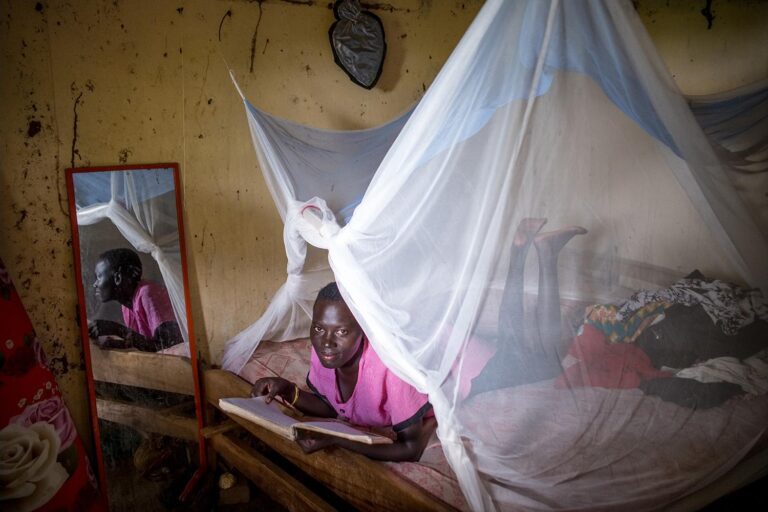Introduction to Malaria Control
Malaria remains one of the most deadly diseases in Africa, affecting millions each year. Efforts to combat this disease are crucial for improving public health. Scientists and health organizations are continuously seeking innovative solutions to reduce malaria transmission.
The Role of Insecticide-Treated Nets
Insecticide-treated nets (ITNs) have been a primary tool in malaria prevention efforts. These nets provide a physical barrier against mosquitoes while simultaneously delivering insecticides that kill or repel these vectors. Their widespread adoption has contributed significantly to reducing malaria cases in many regions.
Introducing Dual-Insecticide Nets
Recent advancements have led to the development of dual-insecticide nets, which contain two different types of insecticides. This innovation is designed to combat insecticide resistance that has been progressively undermining the effectiveness of conventional nets. By incorporating multiple insecticides, these nets target various mosquito species and behaviors.
Effectiveness of Dual-Insecticide Nets
Studies have shown that dual-insecticide nets are more effective than single-insecticide nets in areas with high levels of insecticide resistance. These nets not only improve malaria control but also extend the lifespan of the nets, making them a cost-effective solution. Community trials demonstrate a significant decrease in malaria incidence among populations using these advanced nets.
Implementation and Accessibility
The introduction of dual-insecticide nets must be accompanied by strategic implementation plans to ensure accessibility for affected populations. Partnerships between governments, NGOs, and health organizations are essential for distributing these nets where they are needed most. Education campaigns are also critical to inform communities about the benefits of using these new nets.
Conclusion and Future Perspectives
Dual-insecticide nets represent a promising advancement in the fight against malaria in Africa. As more communities gain access to these innovative tools, the potential for significantly reducing malaria transmission becomes increasingly likely. Collaborative efforts and continuous research will be vital in maintaining progress and adapting to new challenges in malaria control.
For more information on how dual-insecticide nets are contributing to malaria control in Africa, visit this link.

